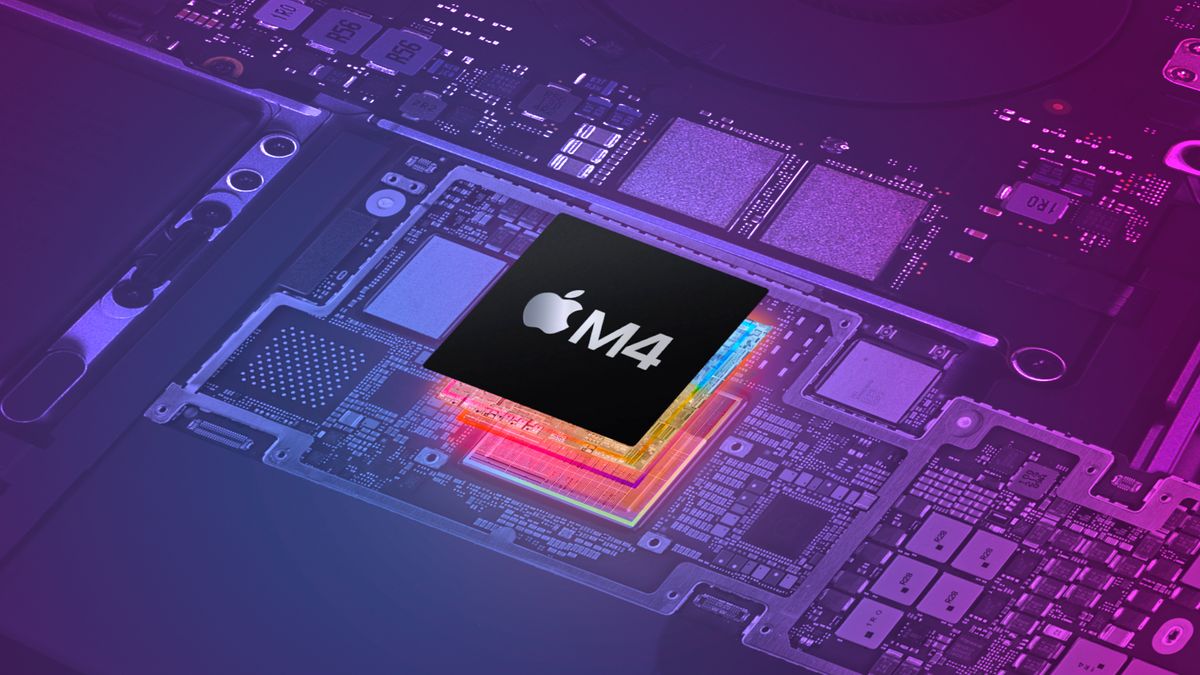
Alongside today’s news of Qualcomm’s Arm-based Snapdragon X processors powering the first laptops in the next generation of AI PCs in a partnership with Microsoft, Intel has shared details of its upcoming “Lunar Lake” AI-ready processors for notebooks.Lunar Lake is Intel’s follow-up generation to its “Meteor Lake” Core Ultra mobile processors that launched late last year, the calling card of which—like the Snapdragon X Elite—is a built-in neural processing unit (NPU) for local AI workloads. Laptops built around the Lunar Lake chips are expected to launch in Q3 of this year.Qualcomm and its Snapdragon X being a Microsoft Copilot+ launch partner could start cutting into AMD’s and Intel’s share of the laptop-CPU market. However, Intel now claims some big generational gains with its Lunar Lake architecture.Lunar Lake AI laptops will be released eventually, but with Intel’s likely later launch window, Qualcomm has a head start at this new level of performance, assuming both chip makers’ claims are on the mark. We’ve already had a first look at some laptops running the Snapdragon X Elite chip from Lenovo and HP; this is how Intel plans to combat it with Lunar Lake.A Look at the Lunar Lake Architecture To set the stage (especially since Intel itself draws comparisons with the Snapdragon X Elite), we first learned about Qualcomm’s new chip in the fall of last year. More recently, we had the opportunity to test it ourselves—in a controlled environment—and came away impressed, especially given the mixed success of running Windows on Arm chips in the past.If the performance potential is accurate to real-world use, this could be the breakthrough needed for Qualcomm on Windows, establishing another viable option for consumers when buying a laptop. In laying out some rudiments of the Lunar Lake architecture early, Intel is putting a stake in the ground versus the upstart, maintaining it is on par with Qualcomm in driving AI PCs, and then some. Here is the overview from our briefing…
(Credit: Intel)
First, Intel focuses on the improvements over the first-generation Meteor Lake chips, showing superior performance per watt with newly designed Performance and Efficient cores (“P” and “E” cores), as well as its improved graphics power with the Xe2 integrated GPU; XMX engines within the Xe2 element will help contribute to certain AI operations.Relevant to the AI PC portion of news, the NPU in these chips is capable of 45 TOPS (trillions of operations per second), and the GPU up to 60 TOPS. This is clearly a shot across the bow of Qualcomm, which has been touting its high TOPS measures in Snapdragon X, as well.
(Credit: Intel)
The improved P-cores and E-cores have new original code names, “Lion Cove” and “Skymont,” respectively. The NPU and GPU potential adds up to more than 100 platform TOPS total, and Intel claims this total figure demonstrates its unmatched x86 power efficiency. (We should also remind you that TOPS is currently the figure most used to measure AI hardware performance, but it isn’t directly reflective of every way AI is used currently.)
Recommended by Our Editors
Lunar Lake: Intel’s Performance and Power ClaimsAs you can see in the comparison below, Intel is targeting Qualcomm’s claims of the Snapdragon X Elite as the chip to beat given the current state of play. Intel claims 1.4x AI performance over the Snapdragon X Elite running the Stable Diffusion tool in a GIMP plugin; faster overall core performance versus Ryzen and Qualcomm competition; and a 1.5x improvement over its previous generation in the performance of the integrated GPU.
(Credit: Intel)
Stable Diffusion is but one use case for these AI chips, which all handle tasks differently, too, so don’t necessarily extrapolate that 1.4x claim into superior AI performance across the board. But, if claims are accurate on both sides, these should be at least competitive platforms for these tasks.
(Credit: Intel)
Snapdragon processors (and Arm chips generally) have traditionally achieved particularly long battery life, so power draw and efficiency will be a focus in future testing. Despite the efficient chips we’ve seen before from AMD’s Ryzen series and Qualcomm’s Snapdragons, Intel claims up to 30% lower power draw than AMD’s 7000-series processors, and 20% lower than Snapdragon 8cx Gen 3 (interestingly, the predecessor to Snapdragon X Elite, not the Elite itself) while running Microsoft Teams conferencing.We’ll have to wait longer to test machines with Lunar Lake chips—even the Snapdragon X Elite chips leading this wave of AI PCs aren’t in our hands yet. Raw performance is just one part of the equation, with many factors and question marks surrounding AI task efficiency, testing, and platform-to-platform differences. The first wave of the Qualcomm systems is set to hit in June, and you can rely on PCMag and PC Labs to have test results and full reviews as soon as we can get our mitts on them all.
Get Our Best Stories!
Sign up for What’s New Now to get our top stories delivered to your inbox every morning.
This newsletter may contain advertising, deals, or affiliate links. Subscribing to a newsletter indicates your consent to our Terms of Use and Privacy Policy. You may unsubscribe from the newsletters at any time.






